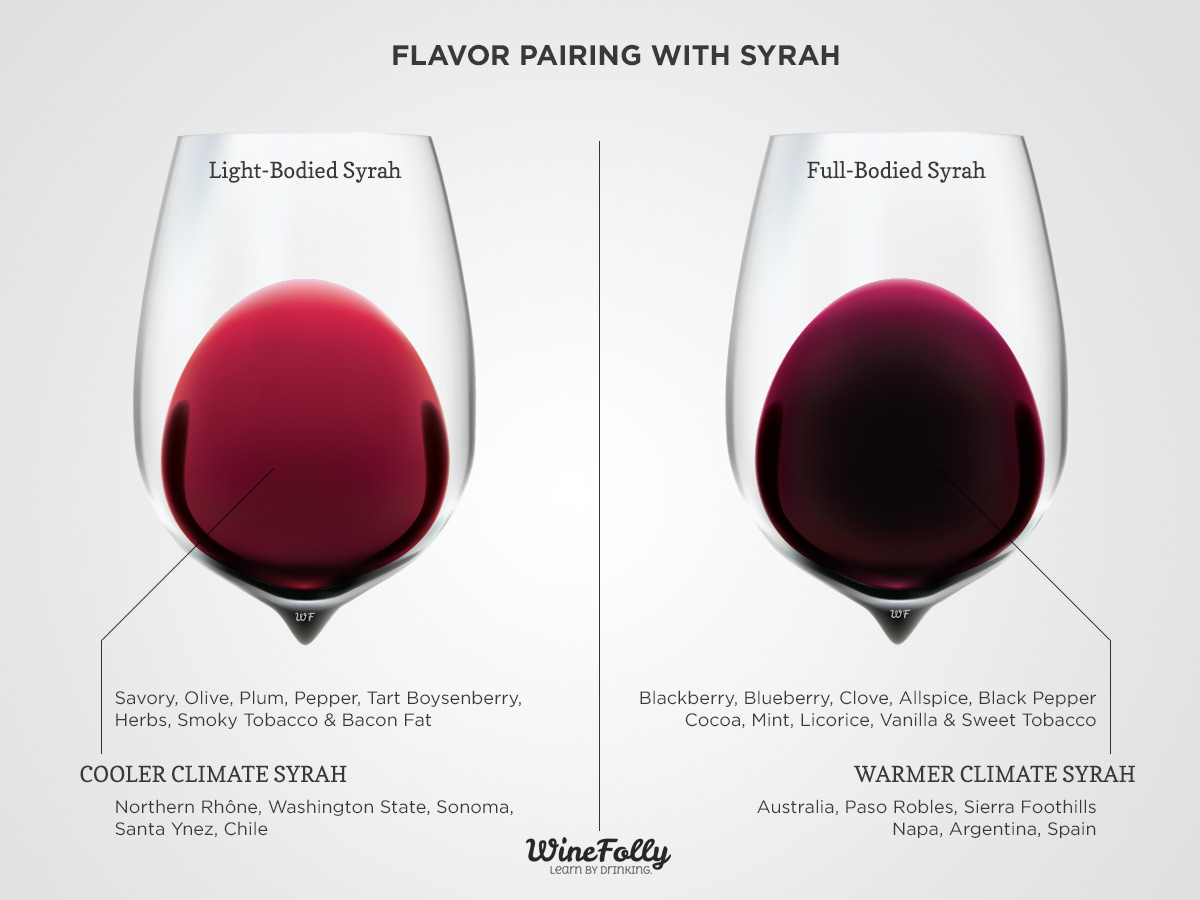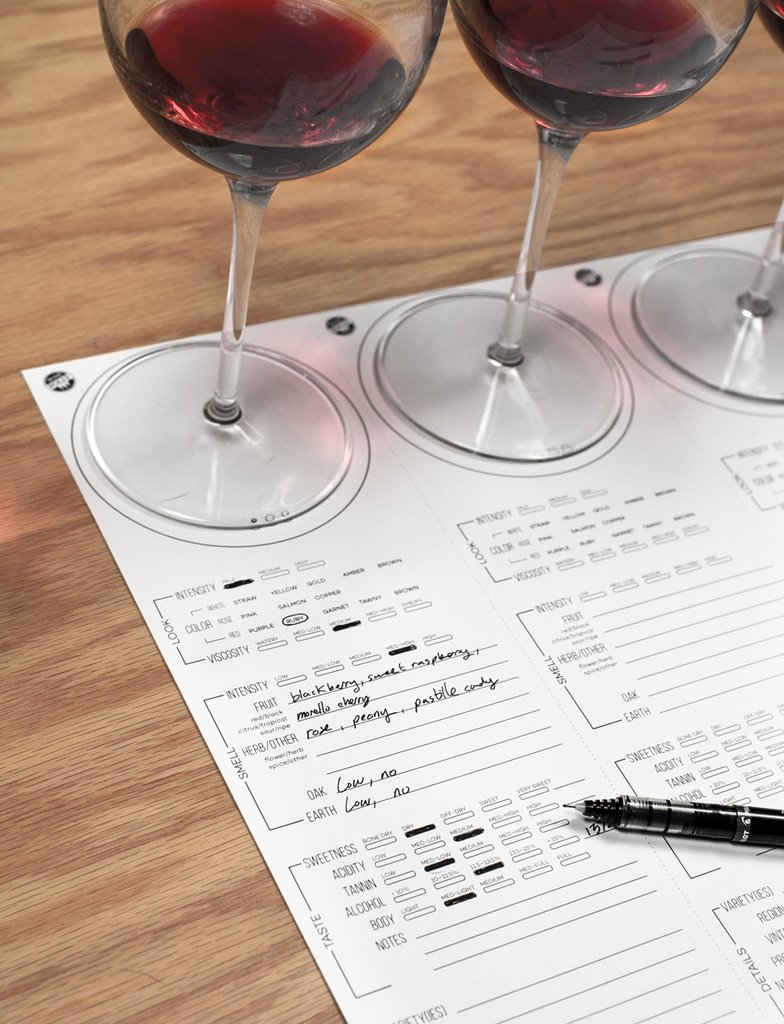Wine flights are an excellent way to quickly master in the art of wine tasting. Tasting wines side-by-side reveals the subtle differences that you might have otherwise missed, which is why the experience is so educationally compelling. In the wine business, we call this style of tasting “comparative tasting,” and organize the practice so that each participant is to bring one bottle based on a specific theme (to share the cost).
Fortunately, you don’t have to be a wine professional to create a tasting group. All you really need are a few friends and a theme. So, here are 12 wine flight ideas (plus, how to create your own) that will improve your palate and expand your wine horizons.

The best wine comparison flights are created by comparing and contrasting a single style of wine (red, white, sparkling, etc). The tasting mats used in this photo can be found here.
- Unoaked vs Oaked Chardonnay
- Old world vs New world Malbec
- How Aging Affects Red Wine
- Tannins in Red Wine from Light to Bold
- Merlot vs Cabernet Sauvignon
- Pinot Noir Wine Flight
- Bordeaux Blends From Around The World
- Syrah vs. Shiraz
- Sauvignon Blanc Wine Flight
- Champagne vs Prosecco
- How Aging Affects Port Wine
- White Wines Beyond Sauvignon Blanc and Pinot Gris
- Setting Up a Wine Tasting
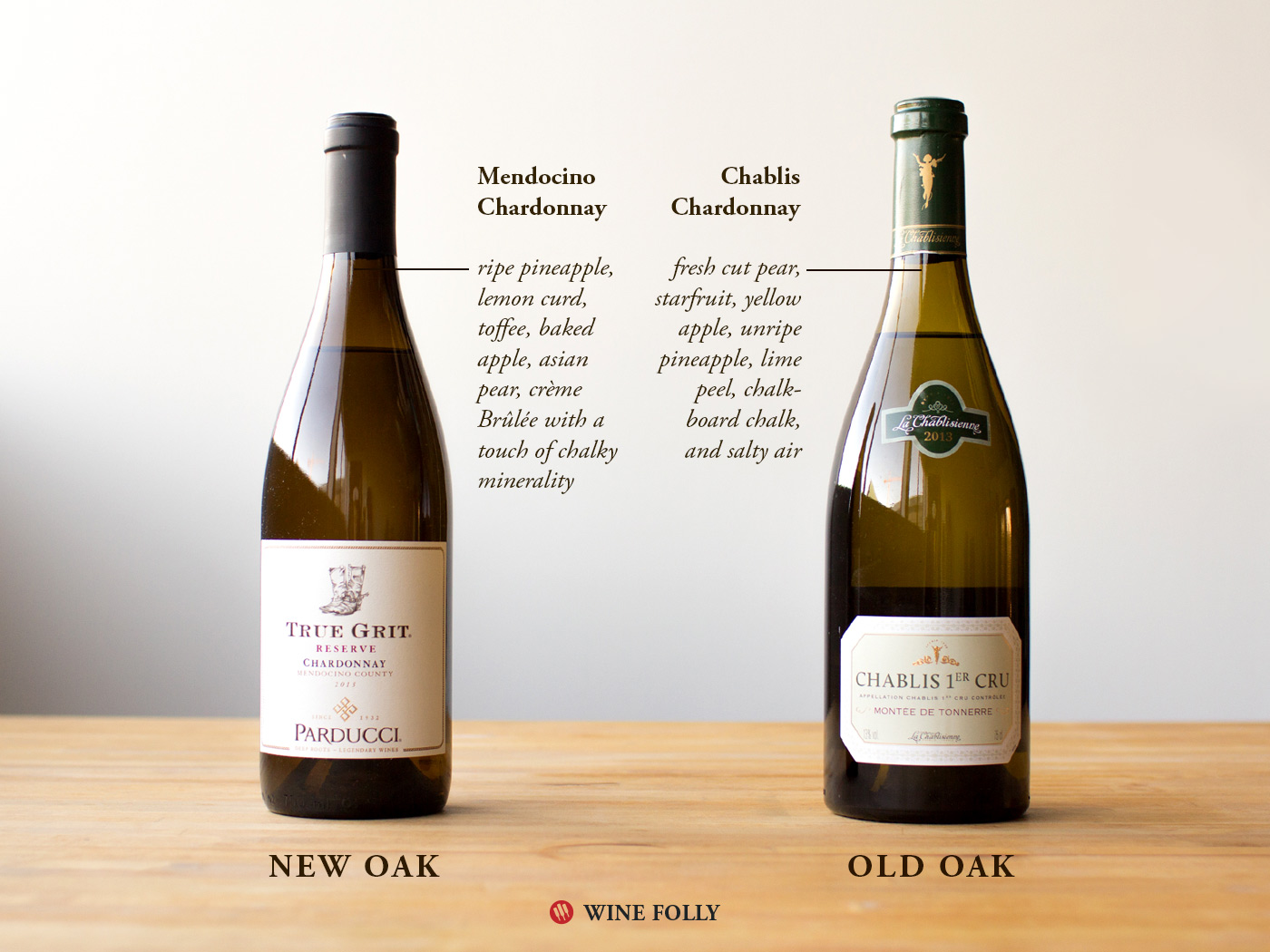
Unoaked vs Oaked Chardonnay
Learn to taste oak in wine.
- What to get: Get an “unoaked” Chardonnay and a Chardonnay made with some new oak aging from the same country.
- Add more: Add more wines to the flight by adding oak vs unoaked Chardonnay from other regions (try France, California, Chile, New Zealand, Italy, Western Australia, and Oregon).
The butter and vanilla flavors associated with Chardonnay aren’t from the grape, they’re from oak aging! This taste comparison will quickly help you identify the base flavors of Chardonnay and begin to understand how oak affects the color, aroma, and taste profile (e.g. whether it’s light or bold). This is a great wine flight for beginners as you learn how different winemaking methods affect the taste in the finished product. Make sure to taste the unoaked Chardonnay before the oaked version.

Old World vs New World Malbec
Identify how a region affects whether a wine is fruit-forward or earthy.
- What to get: Get a decent Malbec from Mendoza, Argentina and one from Cahors, France.
- Add more: Add other single-varietal red wines for comparison, such as American/Argentinian Cabernet Franc vs Chinon, California Sangiovese vs Chianti, Uruguay Tannat vs Madiran, or American Tempranillo vs Rioja or Ribera del Duero.
So much of how a wine tastes is because of where it comes from. Wine people often refer to this idea as “terroir” or “wines with a sense of place.” Terroir is a tricky wine term to define because it goes deeper than the climate and the soils in a region; it’s also affected by winemaking traditions. Fortunately, this concept is easy to taste! Be sure to put the old world wines before the new world wines because they’re typically lighter in body.
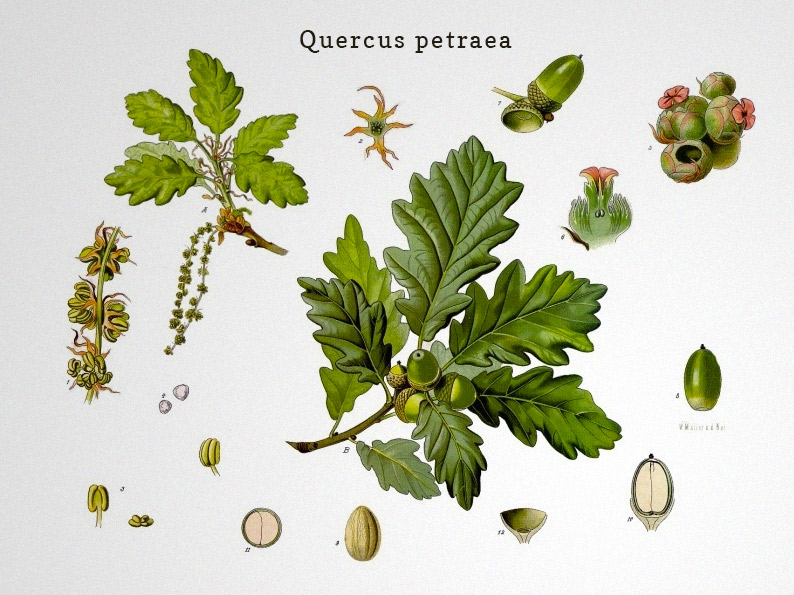
How Oak Aging Affects Red Wine
Taste why savvy buyers pay attention to oak aging when buying red wine.
- What to get: Get a Rioja Crianza, a Rioja Reserva, and a Rioja Gran Reserva.
- Add more: Try the different aging classifications of Chianti (Sangiovese).
Almost all red wines are aged in oak to some degree, but you can train your palate to taste varying levels of oak with a little practice. One of the best wines to practice with is Tempranillo from Rioja. This Spanish wine region uses a classification system which controls the quality level of Tempranillo based on how long the wines age in oak. Start the tasting with the least aged wine and end with the most aged wine and if you can find a producer who offers all three styles, you will really taste the difference!
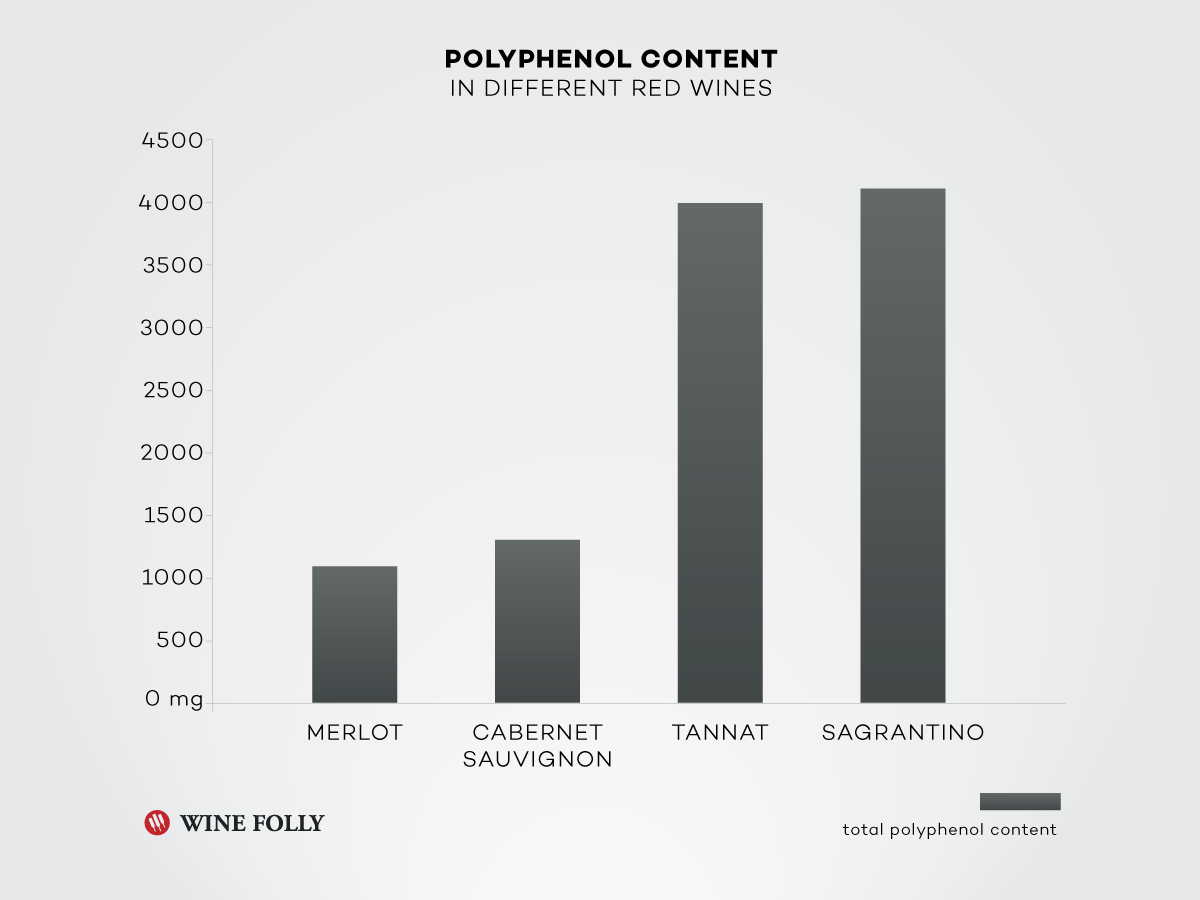
Tannins in Red Wine from Light to Bold
Learn how tannin affects the body and taste of red wine.
- What to get: Order from light to bold: Pinot Noir, Grenache, Sangiovese (or Tempranillo), Cabernet Sauvignon, and Tannat (or Petite Sirah).
Recently, we reported how tannins in red wine are one of the key traits in red wine with several health benefits. Tannin has a somewhat mouth-drying sensation that’s astringent and sometimes a little bitter. What’s interesting is that different red wines have different levels of tannin. So, in order to understand your preference, it’s really useful to practice tasting red wines with different levels of tannin i order to compare.

Merlot vs Cabernet Sauvignon
Merlot is closer in taste to Cabernet than most people think.
- What to get: A Merlot and a Cabernet Sauvignon from the same region at the same price point (and if you can, a similar oaking regime).
- Add more: Compare Merlot and Cabernet at different price points (for example: $20, $40 and $60).
Merlot has had a reputation for being wannabe Cabernet Sauvignon for quite some time. Oddly enough, technically speaking, Merlot is very similar to Cabernet Sauvignon in taste, quality, and genetics. The wines are actually siblings that both originated around Bordeaux, France. And, Merlot is older than Cab! So, put your opinions aside for one night and compare a Cabernet and a Merlot from the same region around the same price point. You might be surprised to find that Merlot offers outstanding quality for the price.
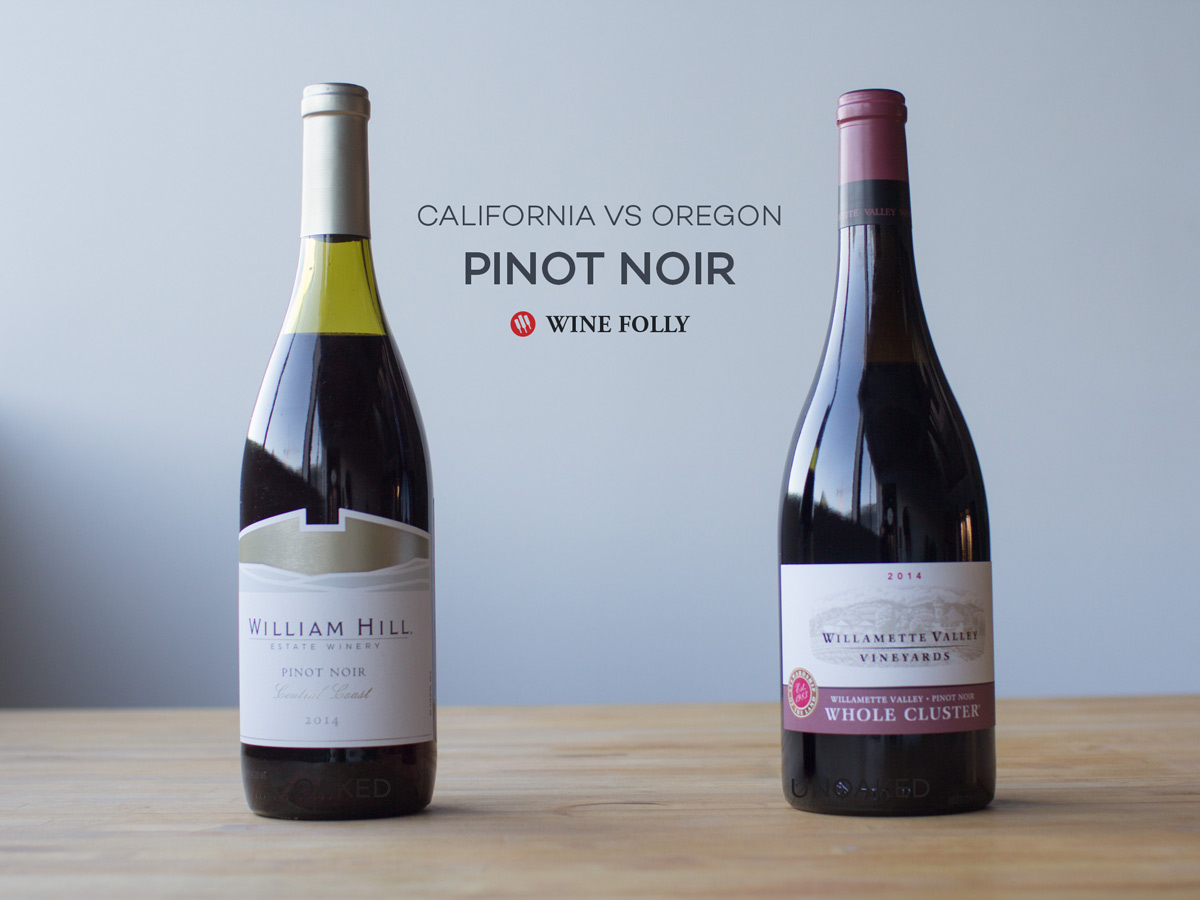
Pinot Noir Wine Flight
Identify how climate affects the fruit and overall taste profile of Pinot Noir.
- Warm Climate Pinot Noir: Australia, Santa Lucia Highlands (CA), Napa Valley, Sonoma Valley, Patagonia (Argentina), Santa Barbara (CA), and Central Otago (NZ).
- Cool Climate Pinot Noir: Marlborough (New Zealand), Bourgogne (France), Oregon, Mendocino (CA), Sonoma Coast (CA), and Alsace (France).
Pinot Noir: you either love it beyond comparison or you feel it to be too thin. If you’re the former, this is a tasting is a must. Pinot Noir is known as the “terroir” grape in that the taste profile is really affected by where it grows. Some will be tart and earthy whereas others will exude jammy raspberry and Coca-Cola notes (and no, they don’t add Coke to do that ????). The major difference between the different taste profiles is affected by climate (“terrior”). Cooler climate Pinot Noir wines tend to offer more tart cranberry notes, herbal flavors, and a lighter body, whereas warmer climate Pinot Noirs smell more like sweet raspberry and cherry with a bolder body (and higher alcohol).
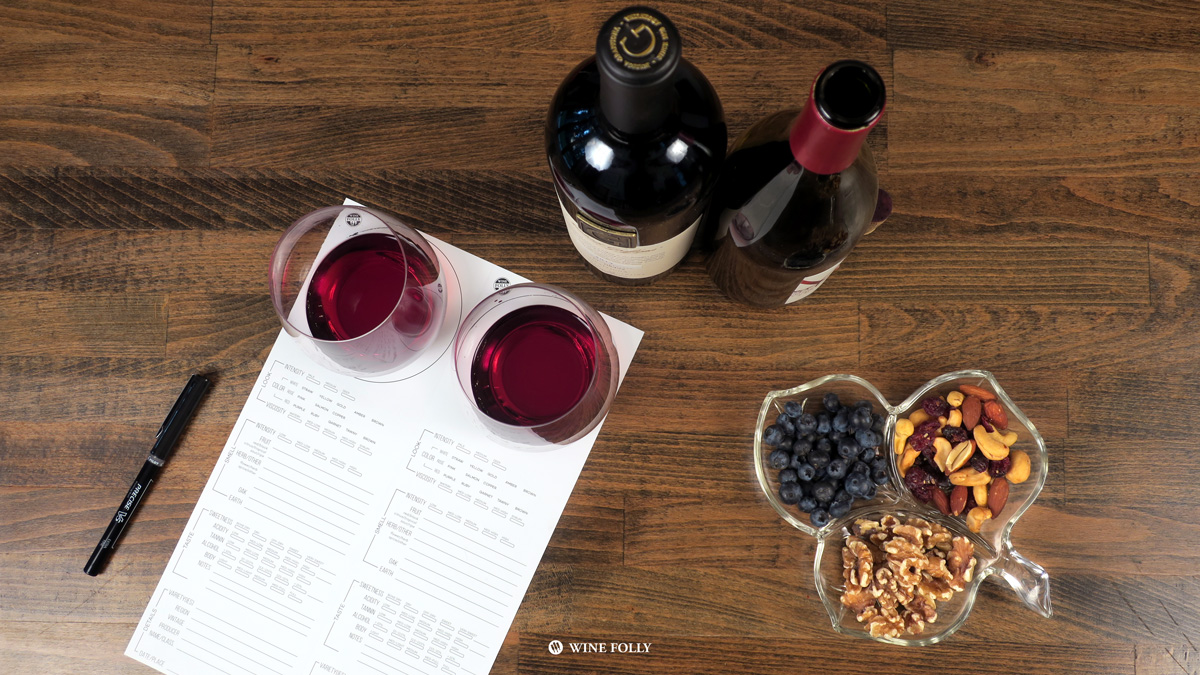
Bordeaux Blends from Around The World
Discover your next favorite region for Cab-Merlot blends.
- What to get: Bordeaux (France), Western Australia, Napa Valley, Sonoma, Stellenbosch (South Africa), Columbia Valley (WA), Tuscany, Maipo (Chile), and Mendoza (Argentina).
The “Bordeaux blend” is a Cabernet/Merlot-based blend that grows all over the world. The regions listed above are some of the most popular and highest quality areas for this blend and deserve to be explored if you love bold red wines.
Syrah vs Shiraz
Explore two very different tasting wines made from the same grape.
- Shiraz:South Australia, South Africa
- Syrah:Columbia Valley (WA/OR), Sonoma, Paso Robles, and Northern Rhône Syrah.
Syrah and Shiraz might be the same grape, but the wines taste surprisingly different. The contrast comes from stylistic and strategic choices made by the winery, which include both the harvest date and winemaking methods that alter the way the wine tastes. By harvesting later, Shiraz wines have more jammy, blackberry notes. Also, it’s popular to oak Shiraz a little bit more in order to add sweet, smoky tobacco notes. Syrah, on the other hand, is usually picked slightly earlier, giving the wines more tart blueberry or olive notes. Many winemakers use neutral (used) oak to age these wines. The result is still smooth and round, but the profile of Syrah (vs Shiraz) tends to be more savory and herbaceous.
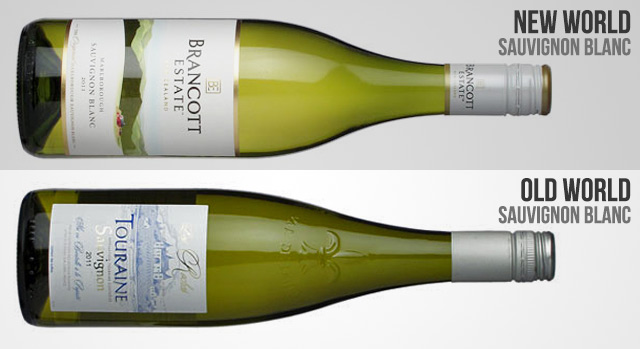
Sauvignon Blanc Wine Flight
Explore the taste differences in the world’s top Sauvignon Blanc regions.
- What to get: New Zealand, Sonoma (Chalk Hill), Napa Valley, French Sauvignon Blanc (Sancerre), Friuli (Italy), Columbia Valley (WA), and Casablanca Valley (Chile).
- Add more: Explore how oak affects Sauvignon Blanc from New Zealand, Pessac-Leognan (Bordeaux), or Columbia Valley (WA).
Sauvignon Blanc is quickly becoming the “it girl” white wine. It might even beat Chardonnay someday. (Don’t worry Chardonnay, for the time being your position at #1 is secure!) This tasting is designed to flush out and somewhat challenge your understanding of the many tastes and flavors that Sauvignon Blanc has to offer. You’ll be especially surprised when you compare a Napa Valley or other warm climate Sauvignon Blanc with one from the Loire Valley of France – they couldn’t be more different!
Top Sauvignon Blanc Wine Regions
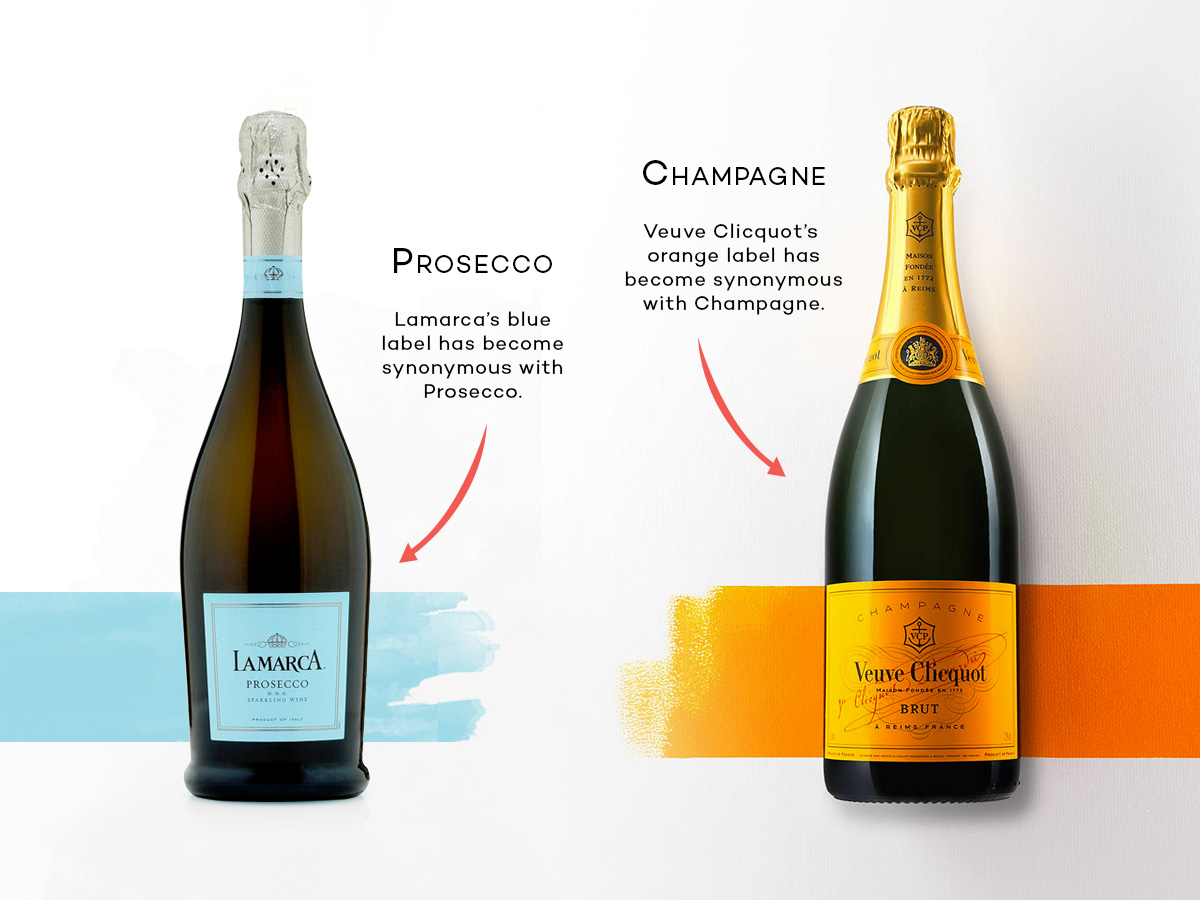
Champagne vs Prosecco Wine Flight
Two sparkling wines with extremely different taste profiles.
- What to get: A decent-quality Brut Valdobbiadene Prosecco Superiore (or higher) and a Non-Vintage Brut Champagne.
- Add more: Add a Spanish Cava, an American sparkling wine, Italian Franciacorta or Trento, South African Cap Classique, or French Crémant to compare more sparkling wines.
At a tasting with friends, I happened to bring a quality Valdobiaddene Prosecco Superiore along with a brut Champagne from a popular (but not too expensive) producer. Most people clump all sparkling wines together into one category, but these two sparkling wines are rather dissimilar. At the tasting we discovered that their aromas were completely different. The bubbles even tasted different. The body was different. The finish was different. After you experience this tasting, you will never think of Prosecco and Champagne the same way again!

How Aging Affects Port Wine
Taste how oxidative aging changes Port over time.
- What to get: LBV Port, 10 Year Tawny Port, and 20 Year Tawny Port.
- Add more: 30 Year Tawny Port or older.
Some major changes occur after a wine has been aged in oak for over 10 years. First, the color starts to disappear. Second, evaporation between the wood and the world causes the sweetness to increase. Third, the flavors start to change from more primary flavors of fruit to more tertiary flavors of nuts, cinnamon, and caramel. The longer a Tawny Port ages, the more these tertiary flavors develop; and it’s amazing to taste. This might be the best Christmas wine tasting ever.
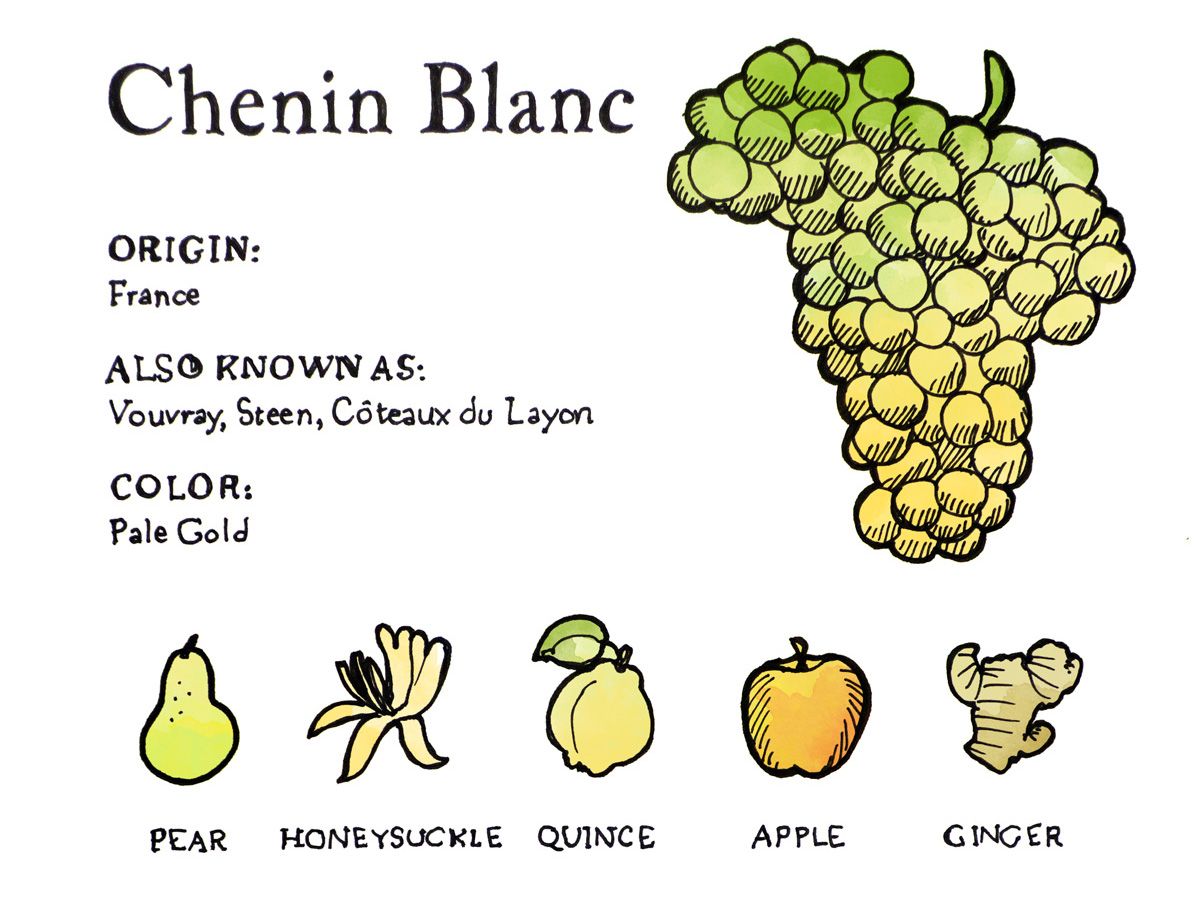
Beyond Sauvignon Blanc and Pinot Gris Wine Flight
Taste several great alternatives to popular lean, dry, white wines.
- Similar to Sauvignon Blanc: Grüner Veltliner, Vermentino, Chenin Blanc, Colombard, and Gros Manseng.
- Similar to Pinot Gris: Pinot Blanc, Soave, Albariño, Assyrtiko, Muscadet, Verdicchio, and Sylvaner.
You might be married to one person but that doesn’t mean you have to marry one wine! In fact, cheating is encouraged. This tasting focuses on the delightful parts of two dry, lean white wines and compares them to some other alternatives. You will for sure discover some new favorites.
How to Set Up Your Tasting
Wine tastings are easiest with a smaller group (about 3–10 people). Fortunately, you won’t need too many specialized materials to turn a regular party into a structured wine tasting. This article below offers a list of supplies and how to create your own wine tasting:
Wine Tasting Mats
Learn to taste wine like a pro using our set of tasting mats that are specially designed to focus your attention on what defines quality in wine. Use these mats to help pick out unique flavors in wines and taste for quality.
